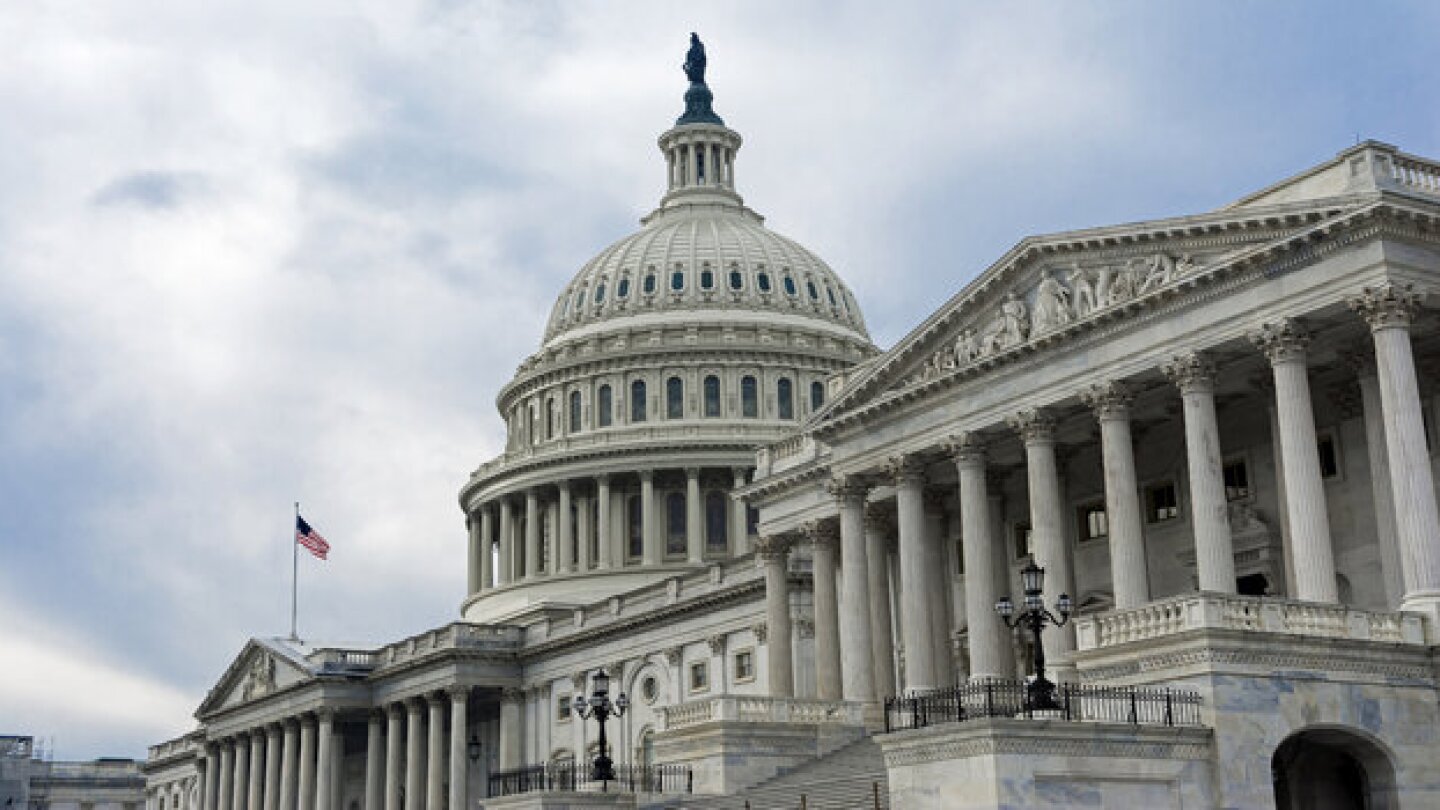News
MapLight laid out the terms of its planned IPO in a regulatory filing on Monday, providing greater detail about what the funds will be used for.
FEATURED STORIES
While it’s impossible to make apples-to-apples comparisons of the many obesity candidates with so many differences across clinical trials, we at BioSpace are giving it our best shot.
With results from highly anticipated trials of Eli Lilly’s orforglipron and Viking Therapeutics’ VK2735 “underwhelming” investors, William Blair’s Andy Hsieh predicts weight loss pills will play a bigger role in low- and middle-income countries than in the U.S.
Regulations aiming to lower the cost of vital medicines will instead end up restricting access and disincentivizing R&D.
Job Trends
Allergan Aesthetics, an AbbVie company, the makers of BOTOX® Cosmetic, is celebrating 25 years of SkinMedica®.
FROM OUR EDITORS
Read our takes on the biggest stories happening in the industry.
Following restricted vaccine approvals and changes to CDC immunization schedules, Merck, Pfizer, GSK and Sanofi are all suffering revenue hits to their vaccine programs.
THE LATEST
The House Committee on Energy and Commerce has cleared proposed legislation that could bring back the FDA’s rare pediatric priority review voucher program, which allows for expedited drug reviews.
Nektar Therapeutics still needs to establish what differentiates rezpeg from other atopic dermatitis therapies, according to analysts at William Blair.
VectorY Therapeutics will evaluate the use of SHP-DB1, a capsid developed by Shape Therapeutics, to deliver therapies to the brain, including VectorY’s developmental Huntington’s and Alzheimer’s disease treatments.
This year, Novo Nordisk and Merck announced significant layoffs, with Novo planning to axe about 9,000 employees and Merck projecting it could let go of roughly 6,000. Meanwhile, Bayer, Bristol Myers Squibb, Novartis and Pfizer have also made noteworthy cuts.
In this episode of Denatured, BioSpace’s head of insights Lori Ellis and Colin Zick, partner at Foley Hoag LLP, spend time discussing some of the points brought up in the Bioprocessing Summit last month. They explore the connections between hammers, AI, The Planet of the Apes and monoliths.
Both BMS and Novo Nordisk have, in recent months, announced steep layoffs as they strive to cut back on costs.
Brepocitinib remains “ahead of competition” in the dermatomyositis space, according to analysts at Leerink, who projected that the drug candidate could hit $2 billion in sales in 2032.
Supporting Lexicon Pharmaceuticals’ decision to advance the non-opioid analgesic pilavapadin into late-stage development—despite a topline miss in March—is an “improving” regulatory environment for non-addictive options for chronic pain, according to analysts at Jefferies.
The star of the acquisition, which includes a contingent value right of $6 per share, is pegozafermin, an FGF21 analog in late-stage development for metabolic dysfunction-associated steatohepatitis.
In this deep dive, BioSpace explores the next big thing in obesity.


















